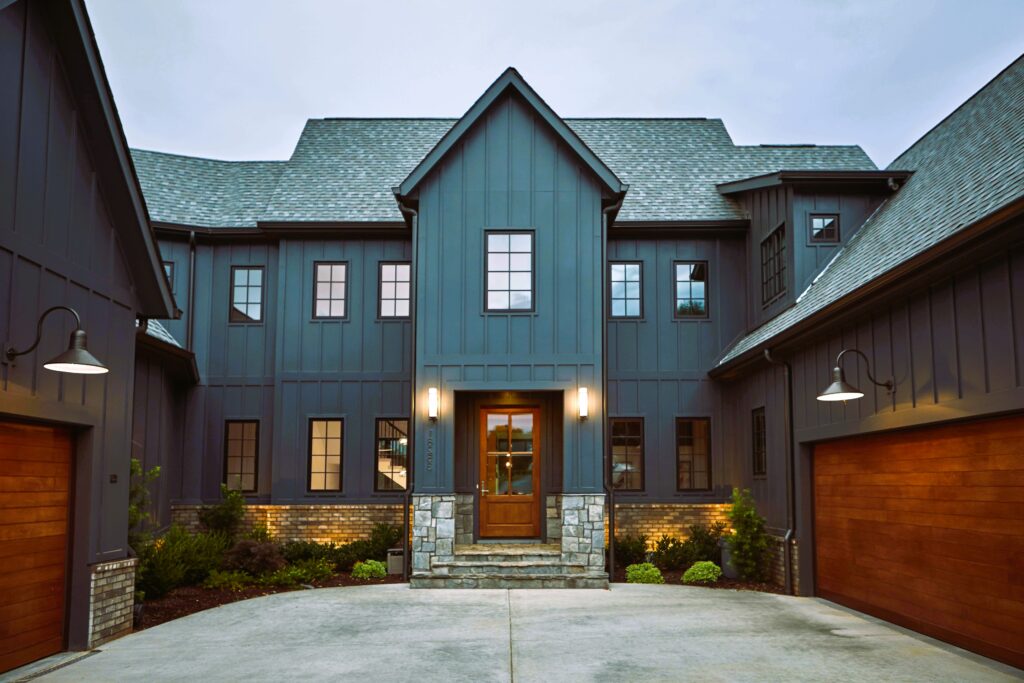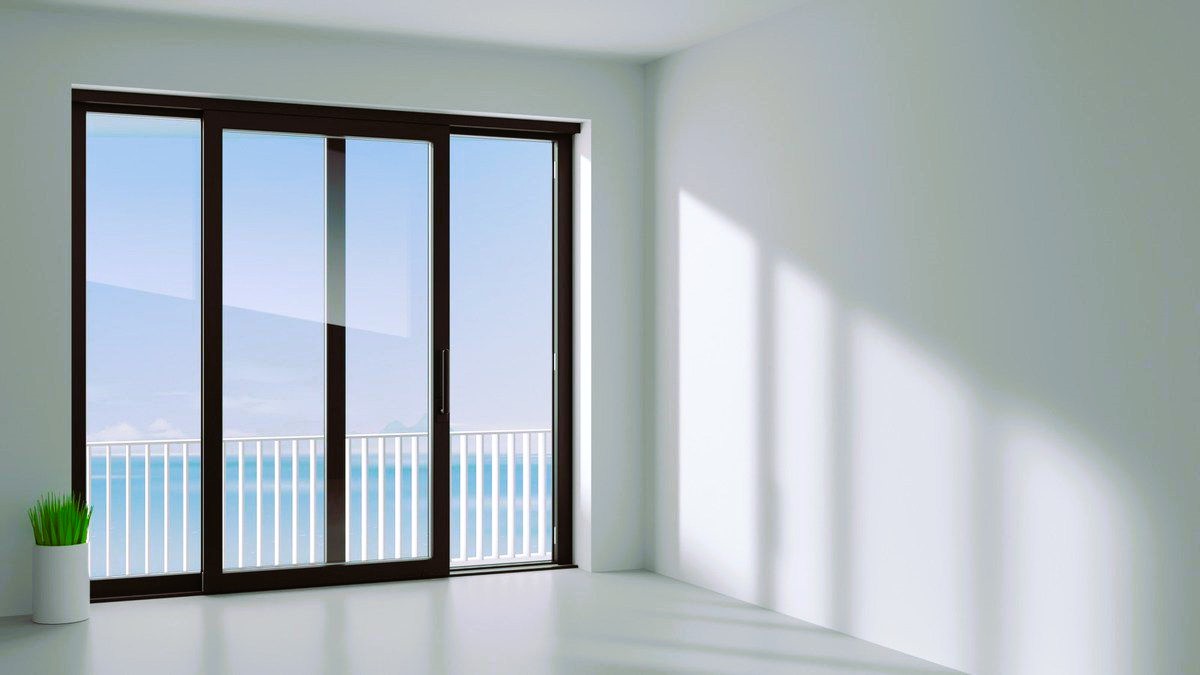Natural light is a valuable asset in any home, providing numerous benefits such as improved mood, increased productivity, and energy savings. In Canadian homes, where long winters and limited daylight hours are common, maximizing natural light becomes even more important. Proper window placement is key to harnessing the natural light available and creating a bright and inviting living space. In this article, we will explore some tips for window placement in Canadian homes to maximize natural light.
- Understand the Sun’s Path
To effectively place windows for optimal natural light, it’s essential to understand the path of the sun throughout the day and across the seasons. In Canada, the sun’s path varies depending on the region and time of year. South-facing windows receive the most direct sunlight during the day, while east-facing windows capture the morning sun, and west-facing windows receive afternoon sunlight. Consider these factors when determining the placement and orientation of windows in different rooms.

- Prioritize South-Facing Windows
South-facing windows are a prime opportunity to maximize natural light in Canadian homes. These windows receive the most sunlight throughout the day, providing abundant natural illumination. Consider placing key living areas, such as living rooms, kitchens, and home offices, on the southern side of the house to take advantage of the natural light. Large, unobstructed south-facing windows can flood the space with daylight, making it feel open, vibrant, and inviting. We have covered the right choice of windows for your Canadian climate in this article.
- Embrace East and West-Facing Windows
While south-facing windows are ideal for overall daylighting, east and west-facing windows have their own advantages. East-facing windows capture the morning sun, creating a pleasant and energizing atmosphere. They are well-suited for breakfast nooks, bedrooms, and spaces where you want to enjoy the early morning light. West-facing windows, on the other hand, provide warm afternoon light, making them suitable for spaces where you want to unwind, such as living rooms or dining areas.
- Consider Room Function and Privacy
When placing windows, it’s essential to consider the function of each room and balance the need for natural light with privacy requirements. Bedrooms and bathrooms may require smaller or strategically placed windows to maintain privacy while still allowing natural light. Consider using frosted or textured glass, window treatments, or placing windows at higher levels to maintain privacy without sacrificing daylight.
- Incorporate Skylights and Clerestory Windows
To maximize natural light in areas where traditional windows may not be feasible, consider incorporating skylights or clerestory windows. Skylights installed in ceilings bring natural light from above, providing a unique and dramatic lighting effect. Clerestory windows are positioned high on walls, allowing light to enter while maintaining privacy. These additions can be particularly beneficial in rooms with limited wall space or in multi-story homes.
- Use Reflective Surfaces and Light Colors
Maximizing natural light isn’t just about window placement; it also involves utilizing reflective surfaces and light colors within the space. Light-colored walls, ceilings, and floors help bounce and distribute natural light, making the room feel brighter and more spacious. Mirrors and glossy surfaces can also reflect light and enhance the overall illumination within a room.
- Avoid Obstructions and Optimize Window Size

To maximize natural light, it’s important to avoid obstructions that may block or limit sunlight from entering the space. Trim trees or shrubs that cast shadows on windows, and position furniture and decor away from windows to allow the light to penetrate deeper into the room. Additionally, consider the size of windows based on the room’s dimensions and the desired amount of natural light. Larger windows allow for more light to enter, while smaller windows may be appropriate for maintaining privacy or in areas where direct sunlight is less desired.
- Consider Energy Efficiency
While maximizing natural light is important, it’s equally crucial to consider energy efficiency when selecting windows for your Canadian home. Look for windows with high energy-efficiency ratings, such as ENERGY STAR certified windows. Features like low-E coatings and multiple glazing layers can help reduce heat transfer and maintain comfortable indoor temperatures while still allowing ample natural light.
Conclusion
Maximizing natural light through proper window placement is a key consideration for Canadian homeowners. By understanding the sun’s path, prioritizing south-facing windows, incorporating east and west-facing windows, considering room function and privacy, and using reflective surfaces and light colors, you can create a bright and welcoming living space. Remember to optimize window size, avoid obstructions, and prioritize energy efficiency to strike the perfect balance between natural light and energy savings. Embrace the beauty of natural light in your Canadian home and enjoy the numerous benefits it brings to your daily life.




